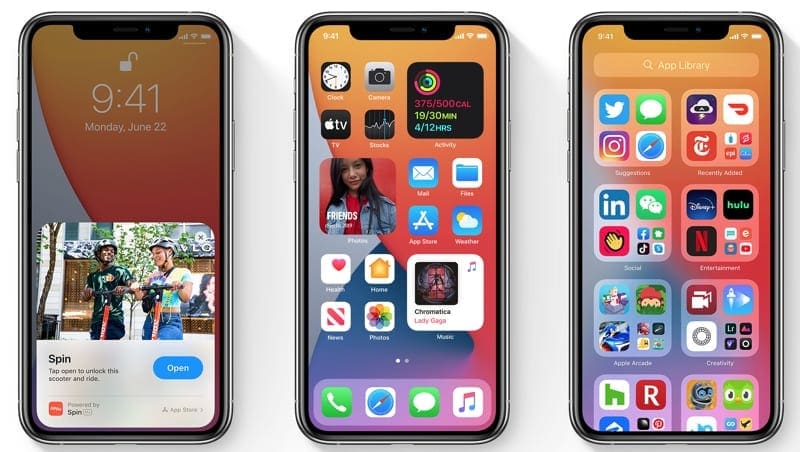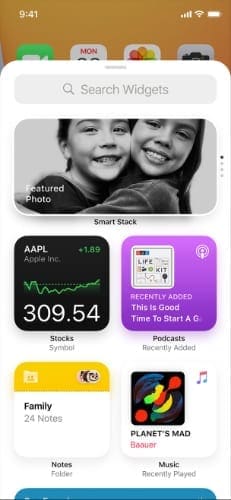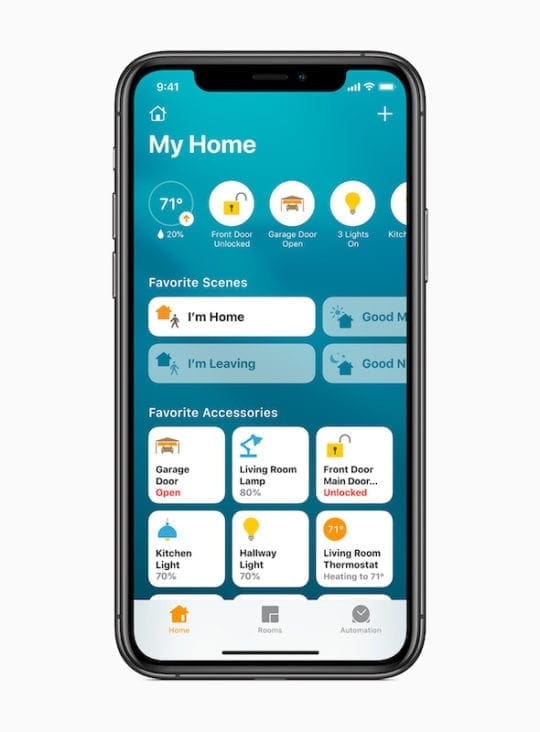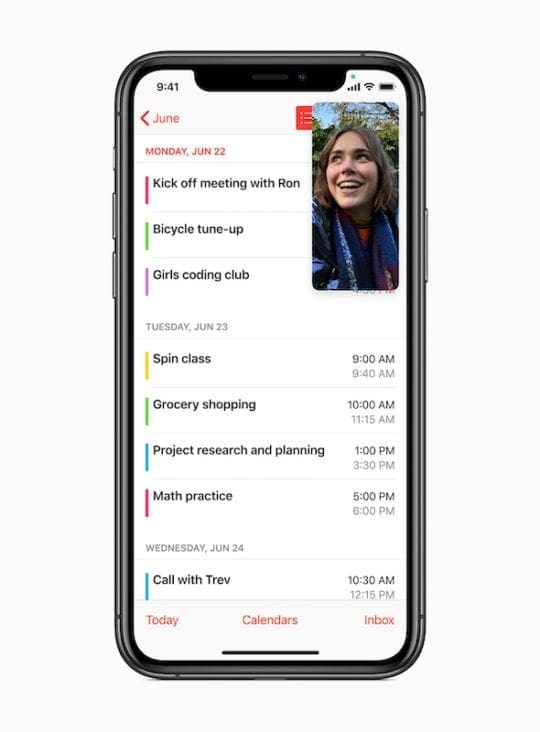Table of Contents
[ad_1]
Apple has a lot of big things planned for 2020 and beyond, especially with iOS and keeping your information private. Over the last few years, the company has renewed its efforts to lockdown how much information different apps have access to.
Related Reading
One prevalent area of concern is when it comes to your location data. With iOS 13, pop-ups would frequently appear, asking for confirmation if an app was continuing to use your data in the background. This has been improved by giving users more control over what location data is being used.
What’s new in iOS 14

iOS 13 left a bad taste in everyone’s mouth, and iOS 14 is aiming to fix that. There are plenty of changes across the board, ranging from things you interact with all the time, and some minor feature changes. Here’s a quick breakdown of what’s to come.
All-new Home Screen
After years of user complaints, Apple finally has changed up the way that you can interact with your Home Screen. Widgets can now be added, with a few different size options available, and you can even have an entire page of just widgets. Then, you can arrange your app icons around them so you get a great all-in-one experience.
App Library

Instead of having to scroll through pages and pages or deal with a boatload of folders, you can simply remove your other Home Screens and use the App Library. Apple has created a series of sub-folders which help to keep your apps sorted by type. As someone who is using the Developer Beta, there are apps in folders that don’t exactly make sense, but Apple is still working out the kinks. There’s even a “Recently Added” and “Suggestions” folder for your apps.
Odds & Ends
While iOS 14 has a lot of “big” new features, there are also a ton of updates that can be found across the operating system. Here’s a quick-hitter on some of the highlights you’ll find in the update this Fall.
What’s new
- Messages – Pin up to nine conversations at the top of Messages for quick and easy access. Inline replies and mentions turn Messages into a Slack-like messaging app, keeping conversations clean and on-topic when they need to be.
- Siri – As was the case with the Phone app for phone calls, it was annoying for Siri to take over your entire iPhone when in use. But the Siri interface has been completely redesigned, with just a simple Siri icon appearing at the bottom when invoked.
- Set default apps – Apple is making it possible for users in iOS 14 to set default third-party apps for email or browsing. But developers will have to enable it first.
- App Clips – If you have ever run into a situation where you need to download an app pay for parking but don’t have the time, then App Clips will be here to save the day. This essentially creates a “mini” app on your phone. That can be used with the “Sign in with Apple” feature and Apple Pay to get access to those apps without downloading the full version.
- Home / HomeKit – The Home app sports a new redesign, giving you a better view of your various HomeKit devices. You are also prompted whenever a new accessory is added to HomeKit with some automation suggestions. Smart Cameras can finally take advantage of Face Recognition and Activity Zones.
- Camera – The Camera app has been updated to allow users to take photos up to “90% faster” than iOS 13 devices. There’s even a new setting to prioritize faster photo taking so that photos are “intelligently modified” to improve speed.
- Safari – Entire web pages can now be translated. An icon in the address field appears when coming across a compatible webpage. iOS 14 has also improved JavaScript performance to make it up to 2x faster than Chrome on Android. Safari can also now securely monitor passwords and alert you if those passwords have appeared in a data breach.
How you can control which apps have access to location details
It’s clear that Apple has pivoted its focus to Privacy for its users. There have been a few incremental updates with new features in previous iterations leading up to iOS 14. For years, apps have required access to your location in order to provide different services, but some apps use this information to just collect data. In an effort to stop that from happening, iOS 14 brings more fine-tuned control over the location details provided.

- Open the Settings app on your iPhone.
- Scroll down and select Privacy.
- Tap Location Services at the top of the page.
- Select an app from the list.
From here, you have a few menu options to choose from. The top section, labeled Allow location access, allows you to choose when an application is allowed to access your location. Below that, you’ll find an option for Precise Location. By default, this is enabled for many of your apps, but can be disabled from this Settings panel.
This is where the fun comes in for location controls in iOS 14, however. If you don’t want an application to know your every precise movement, then you’ll want to turn that feature off. There are some instances, like ordering delivery, where an app would need your precise location.
Going through this list, it’s extremely odd seeing which apps request and use your precise location. But with iOS 14, you can now go through and remove these apps from being able to access it.
Andrew is a freelance writer based on the East Coast of the US.
He has written for a variety of sites over the years, including iMore, Android Central, Phandroid, and a few others. Now, he spends his days working for an HVAC company, while moonlighting as a freelance writer at night.
[ad_2]





